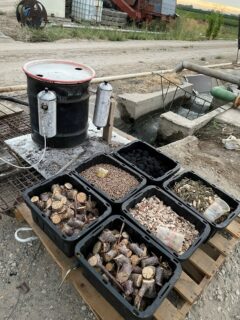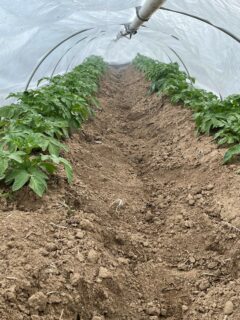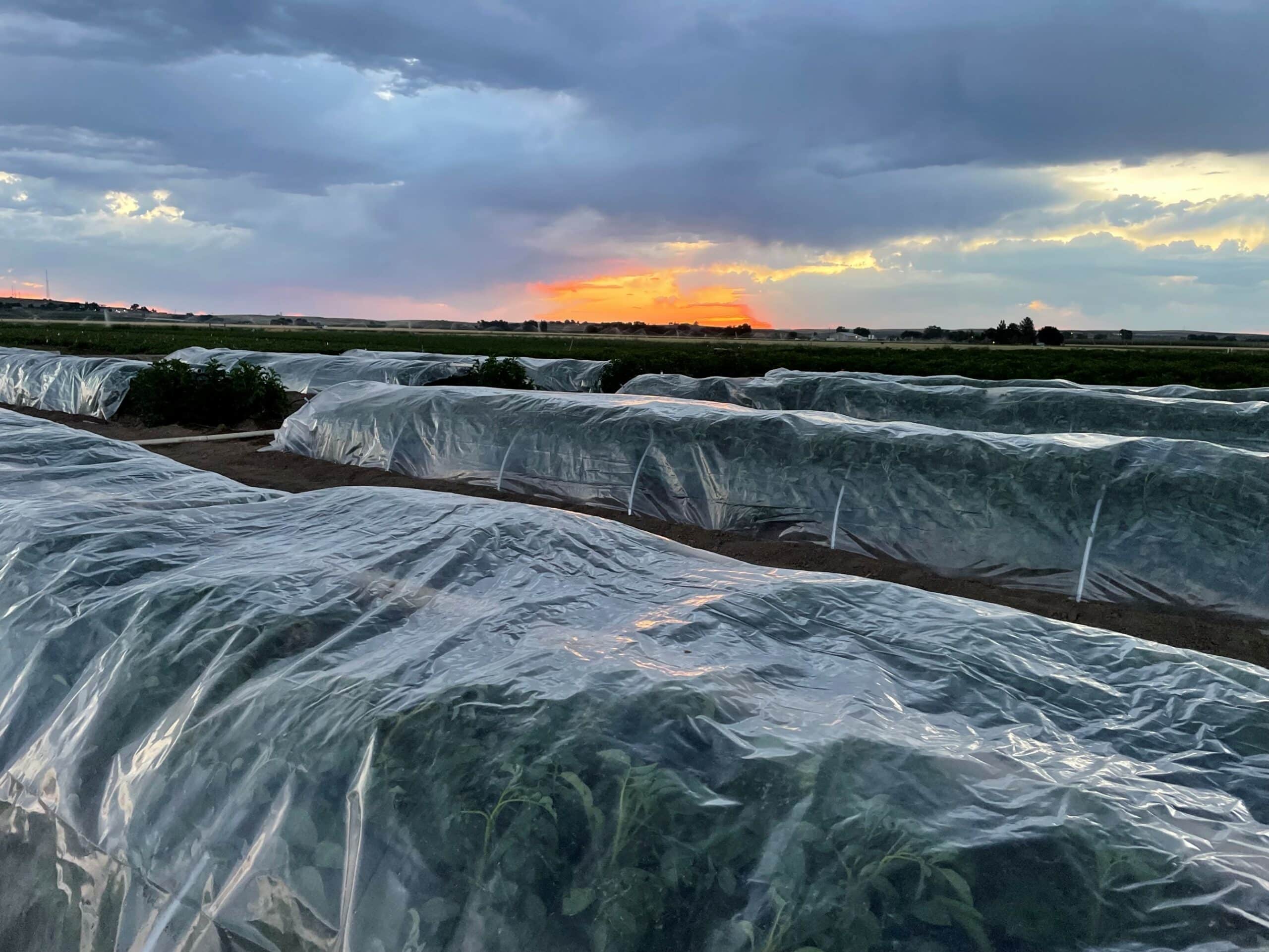A University of Idaho study investigated if wildfire smoke is impacting the quality of processing potatoes.
As wildfire smoke seemed to linger for longer and longer over Idaho potato fields each year, Mike Thornton became more curious. He had heard off handed remarks from growers that the smoke was affecting their spuds, but when he went digging, he couldn’t find any research to back up the claim. So he decided to research if smoke affects post-harvest quality and processing of potatoes in conjunction with colleagues at Boise State University.

“In years where we’ve had really extensive smoke cover in Idaho, growers reported they were finding more problems with decay in storage,” Thornton, a professor at the University of Idaho, said during a presentation at Manitoba Potato Production Days on Jan. 26, 2023. “We really wanted to see if the smoke has contributed to this or is it the overlain environment — like really hot, dry summers where we tend to have more smoke anyway.”
The basic science showed that smoke may reduce the productivity of a potato as it’s growing due to the smoke reflecting back some of the sunlight energy the plant requires. However, Thornton noticed while the smoke layer kept conditions cooler for spuds during the day, it also held the heat on them overnight. There would also be more humidity with the smoke layer staying closer to the ground.
Smoke doesn’t just impact the temperature and amount of sunlight though, it’s also full of chemicals such as carbon monoxide and nitrous oxide, which can be bad for plants. Thornton and his colleagues were curious to find out if the chemical component was contributing to the potato quality issues.

To plan out the study, Thornton looked at the historical data for days with wildfire smoke cover in Idaho. From there he pinpointed that they needed to target July and August for the study, as that was when the smoke cover was mainly happening. The data also provided the daily average concentration of smoke which was in the 300 micrograms per cubic meter range. To mimic the extremes of the region’s smoke density, Thornton’s team set their goal as exposing the potato plants to 500 micrograms of smoke.
The main wildfire smoke coming to Idaho is from pine forests along western Oregon and down the California coastline. To mimic the smoke exposure blend, they mixed woodchips, ground up pine trees, mesquite pellets, and walnut chunks together.
Plastic enclosures were then put over the spuds starting at 5 a.m. daily with smoke being pumped in starting at 6 a.m. At 9 a.m. the enclosures would be removed so the temperatures wouldn’t get too hot causing heat stress to the spuds. This was done for six weeks straight starting on July 11 until Aug. 19 during the 2022 growing season.
“In our area smoke tends to settle down at night, be closest to the ground when we get the heaviest exposure of leaves. The pores on the leaves start to open about 4 a.m. to start letting in the CO2 used to do photosynthesis. So, if we’re ever going to get those chemicals into the plant, that’s probably the time where it’s going to start,” Thornton explained.

The results of the first year of the study showed no visual differences for the smoke exposed plants, and there were no recorded differences in total yields. For U.S. number one yields, which is what growers get paid on, there was a decline recorded. Thornton noted this is a trend and they need to repeat the study this year to see how consistent it is. It was also noted the size of the smoke exposed tubers was smaller.
“Even though we’re trying to prevent heat stress we probably had a little bit. And that had to do with the fact that as soon as we put those covers on, we’re preventing natural mixing of cool air in the mornings,” Thornton said.
The potatoes from the trial were put in storage and sprout inhibited with plans in place to pull them out in March to test their quality and make them into french fries for further examination. This will be when sugar levels are tested to see if they were impacted by the smoke. The experiment will be repeated during the 2023 growing season.
Header photo — Plastic enclosures with either smoke or no-smoke conditions were kept in place from 6 to 9 a.m. daily. Photo: Deron Beck, University of Idaho
Related Articles
MPPD Wraps Up 50th Anniversary Conference









